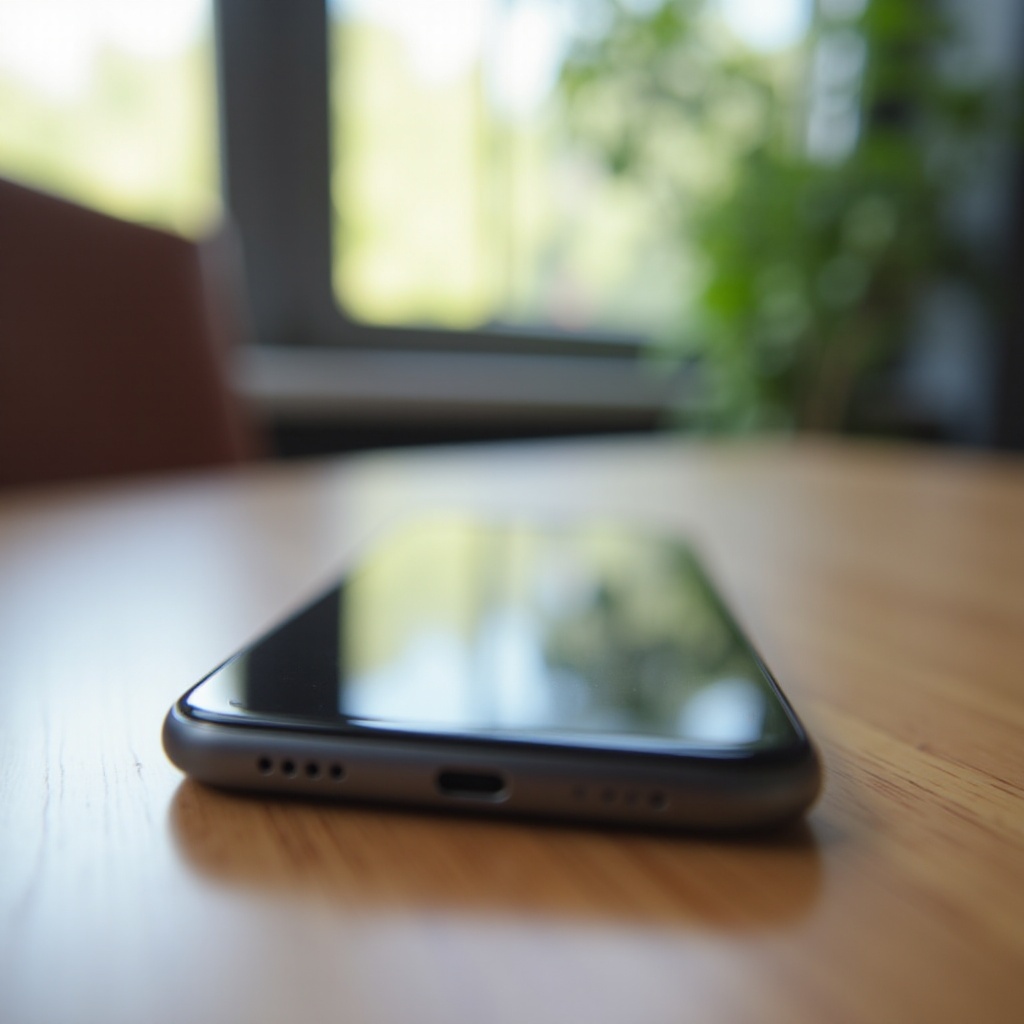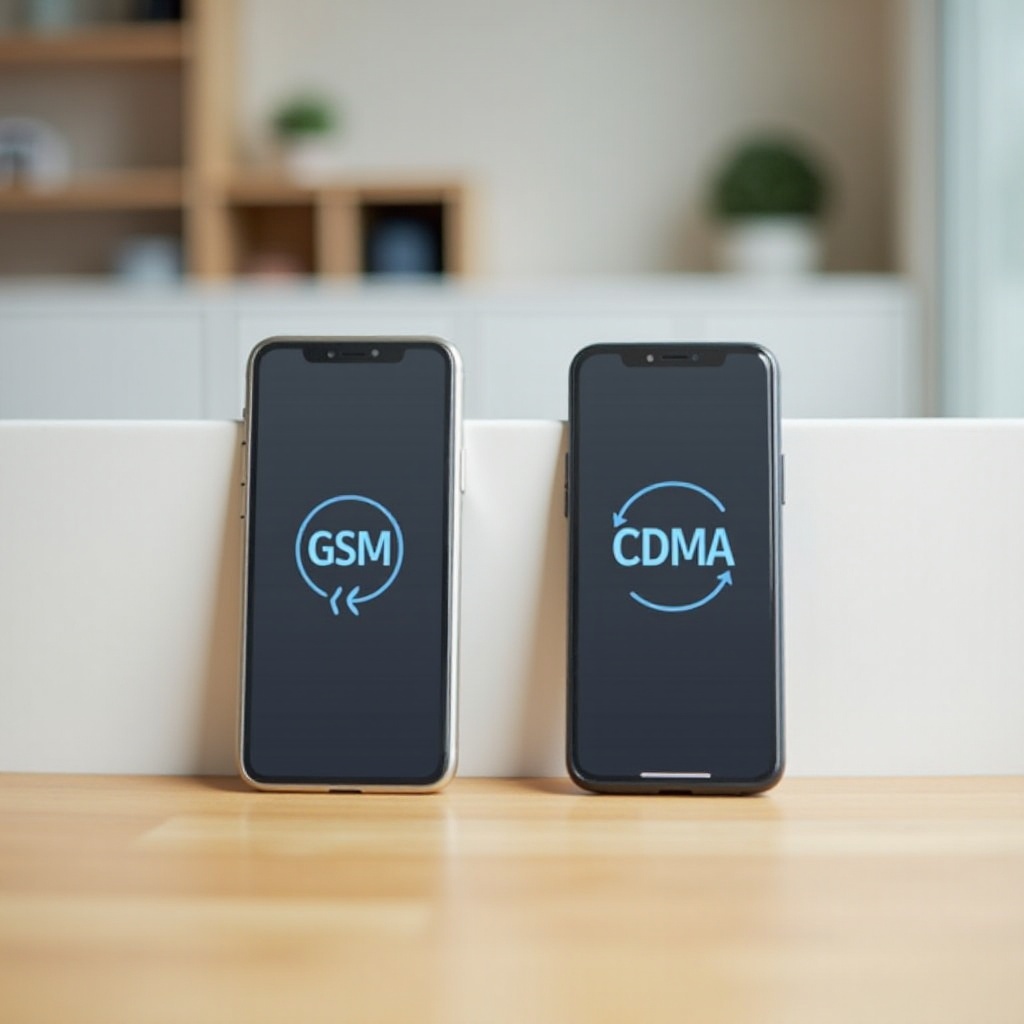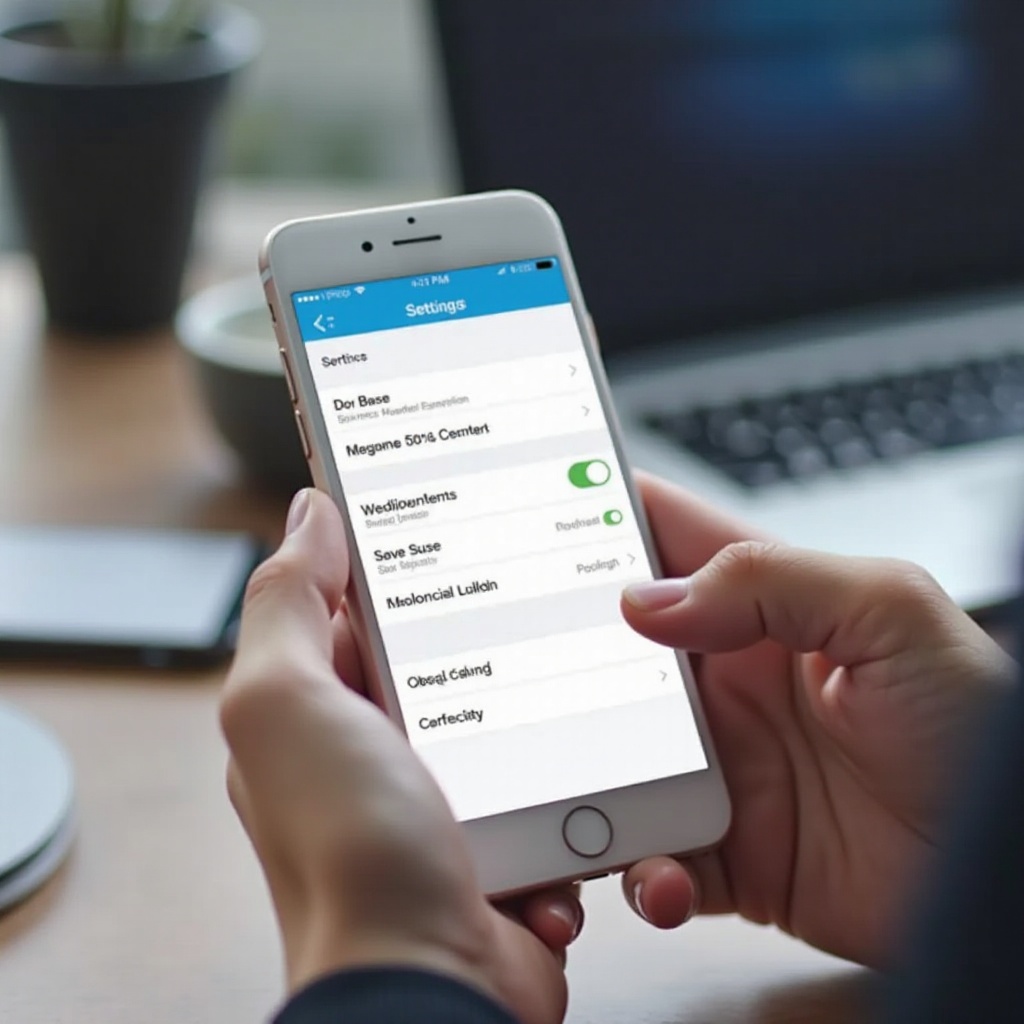Introduction
Understanding whether your phone operates on a GSM (Global System for Mobile Communications) or CDMA (Code Division Multiple Access) network can be quite crucial. This information is essential for a variety of reasons, including changing carriers, traveling internationally, or simply understanding the capabilities of your device. This guide will take you through the essential aspects of GSM and CDMA, their differences, and how you can identify your phone’s network type.

What are GSM and CDMA?
GSM and CDMA are two types of network technologies used by mobile phones to communicate with the cellular network. GSM is widely used internationally, especially in Europe and Asia, and relies on a SIM card that stores all user data, making it easier to switch devices. CDMA, on the other hand, is prevalent in the United States and certain other regions. It doesn’t use SIM cards for 2G and 3G networks, storing user information on the phone itself. Understanding these technologies helps you gauge compatibility with network carriers and informs you of the capabilities of your phone.
Key Differences Between GSM and CDMA
To better understand these two technologies, let’s delve into their key distinctions:
-
SIM Cards: GSM phones use SIM cards that store user data, allowing easy switching between devices. CDMA phones traditionally do not use SIM cards for 2G and 3G networks but may use them for 4G LTE.
-
Global Usage: GSM is the standard in most parts of the world except in some regions like the USA, where CDMA is also extensively used.
-
Technology: GSM uses TDMA (Time Division Multiple Access) for signal transmission, while CDMA uses Spread Spectrum Technology.
-
Carrier Flexibility: GSM phones are generally easier to unlock and switch between carriers compared to CDMA phones.
-
Data and Voice Transmission: CDMA can handle both data and voice simultaneously, whereas older generations of GSM require pausing data while a call is ongoing.
Knowing these differences helps not just in understanding your phone better but also impacts decisions like carrier switching and traveling.
Transitioning from understanding the differences, knowing your phone’s network type carries practical implications.

Why Knowing Your Phone’s Network Type is Important
Identifying whether your phone is GSM or CDMA can significantly affect your connectivity and overall mobile experience. First, it determines your carrier options. GSM phones can easily switch between carriers by changing the SIM card, while CDMA phones might require a more complicated process. Second, if you’re planning to travel internationally, GSM phones are more versatile due to their global compatibility. Lastly, it assists with troubleshooting issues related to connectivity and device compatibility.
Steps to Identify Your Phone’s Network Type
Identifying whether your phone is GSM or CDMA is straightforward. Here are the steps:
Step 1: Check Your Phone’s Settings
- For iPhone:
- Go to ‘Settings’.
- Select ‘General’ and then ‘About’.
-
Look for the ‘Model Number’ or ‘IMEI’.
-
For Android:
- Go to ‘Settings’.
- Select ‘About Phone’.
- Look for ‘IMEI’ or ‘Model Number’.
Step 2: Use Your IMEI or MEID Number
Your phone’s IMEI (International Mobile Equipment Identity) or MEID (Mobile Equipment Identifier) can reveal your network type. Simply dial *#06# to display your number. The IMEI indicates GSM, while the MEID typically means CDMA.
Step 3: Consult Your Carrier
When in doubt, contacting your carrier can clarify your phone’s compatibility. They can confirm whether your device is GSM or CDMA and guide you on your next steps if required.

Identifying Network Type on Major Phone Brands
Different brands may have slight variations in how you can check the network type. Here’s how you can do it on the most popular ones:
iPhone
For iPhone users, identifying whether your phone is GSM or CDMA is particularly straightforward:
1. Open ‘Settings’, then navigate to ‘General’ and ‘About’.
2. If you see an IMEI number, it’s GSM. If you see MEID, it’s CDMA.
Android
Different Android manufacturers may have different layouts, but here’s a general guideline:
1. Open ‘Settings’ and select ‘About Phone’.
2. Look for ‘IMEI’ or ‘MEID’. You may also want to check under the SIM card slot; if removable, it’s likely GSM.
Other Popular Brands
For phones from brands like Huawei, OnePlus, or Sony:
1. Check the manufacturer’s website or user manual for specific details relating to GSM or CDMA.
2. Alternatively, dial *#06# to retrieve your IMEI or MEID and consult your carrier.
Decoding Carrier Information
Carriers play a significant role in defining your phone’s compatibility with GSM or CDMA networks. Major GSM carriers include AT&T and T-Mobile, whereas Verizon and Sprint have traditionally used CDMA. If you know your carrier, it might be an immediate indicator of your phone’s network technology. However, with the shift towards 4G LTE and 5G, many carriers support both technologies to some extent.
Common Questions and Troubleshooting Tips
Understanding whether your phone is GSM or CDMA brings up some common questions or issues. Here are a few and their solutions:
- Can I Switch Carriers? – Yes, if you unlock your GSM phone, you can switch by changing the SIM card. For CDMA, you might need carrier assistance.
- Network Issues: – Poor signal could be due to compatibility issues. Verify with your carrier on supported networks.
- Travel Concerns: – If traveling internationally, it’s best to have a GSM phone to ensure wider compatibility.
Conclusion
Determining whether your phone is GSM or CDMA is not only a matter of curiosity but also essential for connectivity, carrier flexibility, and troubleshooting. With simple steps like checking settings, using your IMEI or MEID, and consulting your carrier, you can quickly identify your phone’s network. Understanding this can make a significant difference in enhancing your mobile experience, especially when considering factors like international travel and carrier switches.
Frequently Asked Questions
Can a GSM Phone Work on a CDMA Network?
Generally, no. A GSM phone won’t work on a CDMA network unless it supports that technology as well. Modern phones often support both, but it’s rare for older models.
What Should I Do if My Phone is Not Compatible?
If your phone is not compatible with your preferred network, consider buying a new one that supports both GSM and CDMA. Most new smartphones now offer dual compatibility.
How Can I Check if My Phone is 5G Compatible?
Check the ‘About’ section in your phone’s settings or consult the manufacturer’s website. Look for 5G bands or network specifications listed in the device details.
